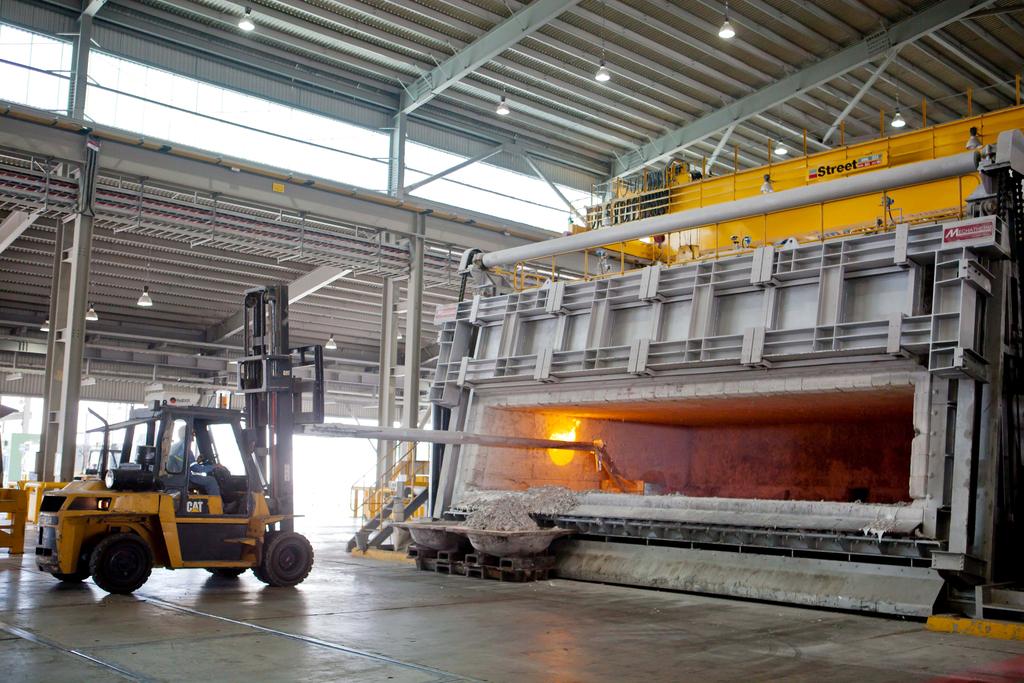Project Report For Aluminium Recycling Plant
Introduction
Project report for Aluminium Recycling Plant is as follows.
The aluminium recycling factory is a facility that recycles and processes aluminium scrap and waste materials to create new aluminium products. It is critical to the circular economy since it reduces reliance on primary aluminium production while minimising environmental effect.
The gathering of aluminium scrap from diverse sources, such as abandoned beverage cans, industrial refuse, and building debris, is the first step in the recycling process. This debris is then sorted, cleaned, and shredded to eliminate pollutants such as paint and coatings.
The shredded material is melted in a furnace, usually with a lot of energy, to make molten aluminium. Once the aluminium is liquid, it goes through additional purification and alloying procedures to fulfil particular quality and composition criteria. Degassing, fluxing, refining, and the inclusion of alloying materials to improve the characteristics of recycled aluminium are examples of these operations.
Depending on the desired purpose, the molten aluminium is cast into various shapes such as ingots, billets, or slabs after purification and alloying. These semi-finished items are then shipped to manufacturers, who use them to make a variety of aluminum-based products such as automobile parts, packaging materials, building materials, and consumer goods.
Aluminium recycling factories provide a substantial contribution to environmental protection. Recycling aluminium uses just approximately 5% of the energy used in initial aluminium manufacturing while producing much less greenhouse gas. Recycling also helps to conserve natural resources by reducing the need for mining bauxite, the primary raw material used in the manufacturing of aluminium.
Furthermore, by removing aluminium scrap from landfills, where it would take hundreds of years to disintegrate, aluminium recycling factories aid in waste management. Aluminium recycling recovers important resources while reducing the need for raw materials.

Benefits of Aluminium Recycling Plant
Resource Conservation: Aluminium recycling plants aid in the conservation of natural resources by lowering the requirement for primary aluminium manufacturing. Aluminium is generated from bauxite, a nonrenewable resource, and bauxite mining has serious environmental consequences. We can protect these vital resources for future generations by recycling aluminium.
Energy Savings: Recycling aluminium uses far less energy than generating aluminium from raw sources. Recycling aluminium uses around 95% less energy than producing it from scratch. This energy conservation reduces not just electricity consumption but also greenhouse gas emissions related with energy production.
Greenhouse Gas Emissions Reduction: Primary aluminium manufacturing is a very energy-intensive process that emits significant volumes of greenhouse gases such as carbon dioxide. Aluminium recycling plants contribute to climate change mitigation by reducing greenhouse gas emissions. We can greatly minimise the carbon footprint associated with aluminium manufacturing by recycling aluminium.
Waste Management: Aluminium recycling factories are extremely important in waste management. They divert aluminium scrap and waste materials from landfills, where they would take a long time to disintegrate. Recycling lessens the load on landfills and helps to create a more sustainable waste management system.
Economic Advantages: Recycling aluminium gives economic advantages by lowering reliance on imported raw materials. It helps to stabilise aluminium prices and reduces the sensitivity to global commodities market swings. Furthermore, the recycling sector boosts local economies by assisting small firms and encouraging the growth of associated industries.
Market Potential Of Aluminium Recycling Plant
The market for recycling aluminium scrap was estimated at USD 5.60 billion in 2021 and is projected to increase at a CAGR of 8.16% from 2021 to 2030 to reach USD 25.12 billion.
This aluminium scrap recycling market study report also includes in-depth information on key emerging trends and obstacles that will have a significant impact on market growth. The practical insights on trends and challenges will assist businesses in evaluating and developing growth plans for 2022-2026.
Aluminium Recycling continues to be a valuable resource for use as a raw material in the production of secondary aluminium and, ultimately, new aluminium goods. The construction and transportation sectors have the greatest recycling rates of up to 95 percent, but the packaging industry is also rising due to the greater usage of foil and cans.
Aluminium plays an important part in today’s world due to its diverse uses. The recycling of aluminium scrap into useable metal is known as secondary aluminium production. It is a low-energy method that requires 92 percent less energy than primary production.
The ingots are then subjected to a number of procedures or flattened into thin sheets before being used to make new cans. Aluminium cubes have a wide range of applications, including automotive, lighting, construction, mechanical, and consumer products. Architects and builders are increasingly favouring aluminium, which opens the door to further metal used in the building sector.
Project Report Sample On Aluminium Recycling Plant
Need Help?
Create 100% Bankable Project Report
